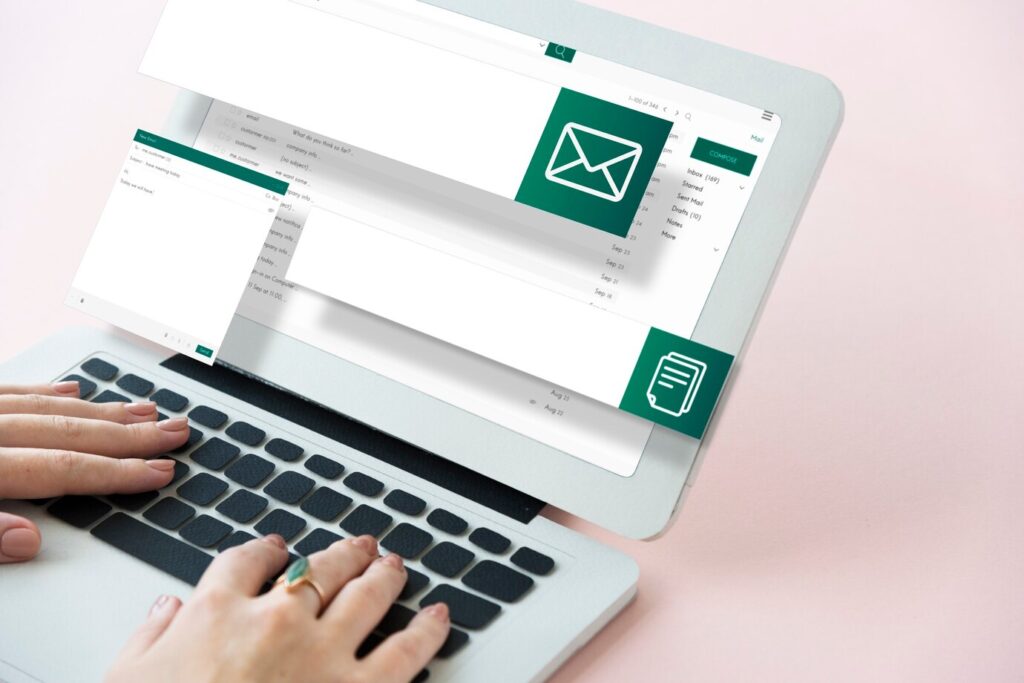Nowadays, we communicate more and more through email. We use Email communication to write something to friends, relatives, colleagues or clients. It is increasingly crucial to compose emails effectively, regardless matter who the receiver is. As you know, by writing effective email, you can save your time, other person’s time and you can win more trust & confidence from the other end.
Give Reply of Email As soon as Possible
More and more people contact each other through email. Even if they mention directly or not, they expect prompt responses. One of the study by Jupiter Research indicates that 35% of customers expect a reply within six hours, an additional 55% expect a response within 24 hours. Though many people focus on response time, content is just as important. The same study indicated that lack of a thorough response (45%) will cause on-line customers to view a company negatively when considering future purchases.
Learn the art of writing Email
Poorly crafted emails will generate additional emails back & forth, which potentially eating up more of your time. Worse, they can drive unnecessary calls to your most costly channel – your phone. And at that point, customers are bound to be angry and frustrated.
Here are some tips for writing email responses that are both thorough and appropriate:
- Format your answer such that it is simple to read on screen. Do not use really long phrases in your email that are long horizontally. Every line must be brief. Ideally, write just 5-6 words each line.
- Ensure the subject line is simple and relevant to the recipient. Don’t use a generic “Response from Marketing Team” and avoid seeming spammy.
- Have one subject per paragraph. Mention this separately by blank lines, so that its easy to read and understand.
- Be brief. Use as few words as possible to convey your message. More is not better when it comes to email. An email is not perceived as an electronic letter.
- Use simple, declarative sentences. Write for a third or fourth grade audience, particularly if you’re creating templates that are sent automatically. You do not know the education level of your sender or the sender’s level of comfort with the English language.
- Be sensitive to the tone of the original email. If the sender is upset because of an error on your part, acknowledge the error. Clearly state what you are doing to correct the situation.
- Make sure you answer all the questions posed in the original inquiry. A partial answer frustrates the sender and results in additional contacts. It also makes the company sending the response look inept.
- Make it clear what actions you will be taking next and when the writer can expect the next contact from you.
- If an order number or case number is provided in the initial email, avoid asking for it again. Sounds simple, yet individuals occasionally overlook extremely clear information in email.
- Don’t just tell the sender to go to your web site. Many times, they had previously visited the website and were unable to locate the information they needed. Give the reader a clear connection to the precise information they want if you want them to return to the website.





